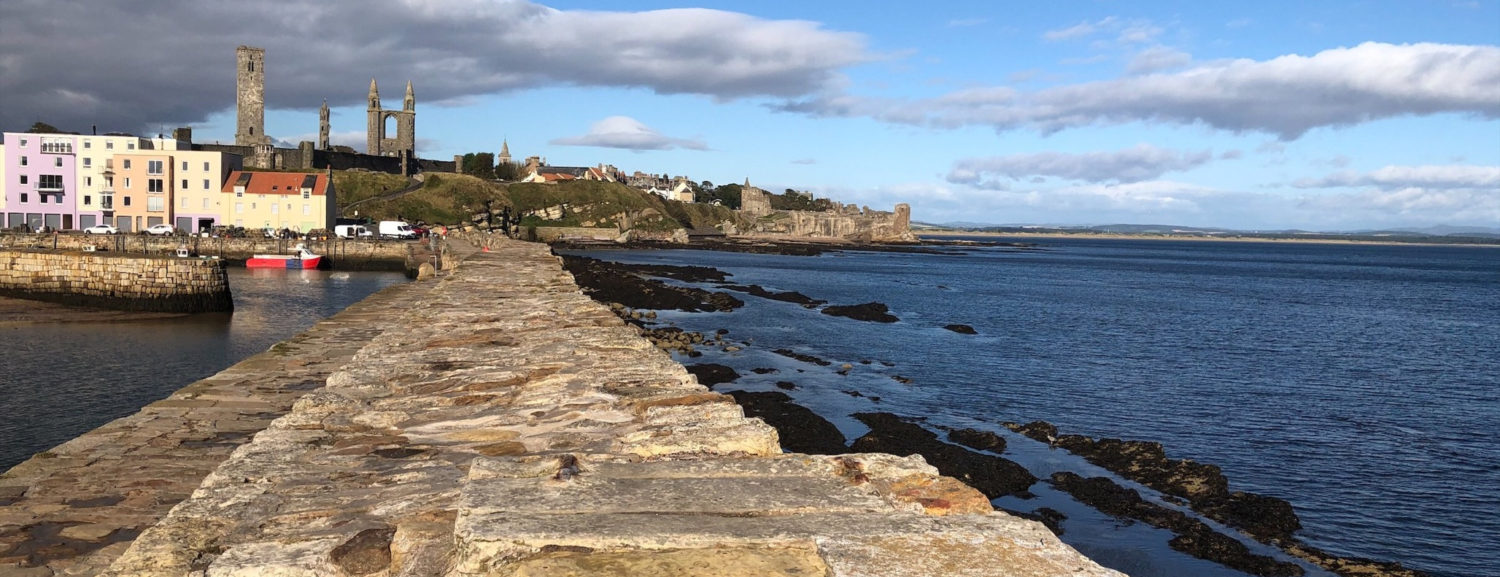Barometers that consisted of a column of mercury inside a glass tube would not survive for very long on a ship, so in the first half of the 19th century an unknown inventor discovered that a liquid (typically consisting of a mixture of distilled water, ethanol, potassium nitrate, ammonium chloride and camphor) sealed in a tube would crystallise in different patterns that were thought to predict the weather; these were called storm glass barometers. Fitzroy promoted this mixture, and one of these barometers accompanied him on the HMS Beagle, on the voyage that took Charles Darwin to the Galapagos Islands (on which he was Darwin’s commanding officer). Storms could be predicted (Fitzroy claimed) based on the changing state of crystallisation and appearance of the liquid, and the patterns could be interpreted as follows:
- A clear liquid indicated bright and clear weather
- A cloudy liquid suggested cloudy weather with the possibility of rain
- Small dots in the liquid forecast humid or foggy weather
- Small stars warned of thunderstorms
- Large flakes in the liquid indicated an overcast sky in temperate seasons or snow in winter
- Crystals at the bottom meant frost
- Threads of crystals near the top suggested winds
However, it has been shown in modern experiments that changing temperature is the reason for these crystallisation patterns, so the storm glass barometer is of no use in forecasting the weather.
Storm Glass Barometers: https://www.institution-engineering-designers.org.uk/Article/Features/admiral-fitzroys-weather-glass
Admiral Robert Fitzroy: https://www.britannica.com/biography/Robert-Fitzroy
Fishery Barometers: Dry, Sarah. “Safety Networks: Fishery Barometers and the Outsourcing of Judgement at the Early Meteorological Department.” The British Journal for the History of Science, vol. 42, no. 1, 2009, pp. 35–56. JSTOR, www.jstor.org/stable/25592209. Accessed 9 July 2021.
